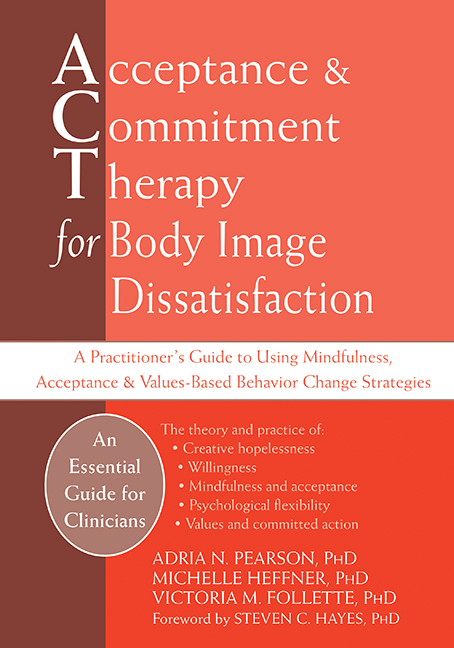Clients may become anxious and experience other somatic symptoms (e.g., rapid breathing and sweating) when discussing events they perceive as threatening. Remember that this is the basic fight or flight response and it can be a signal that the client perceives great threat.
Notice and describe these symptoms as they emerge in session. For example, “I’m noticing that as we discuss this topic you’ve started to breathe rapidly and are visibly very anxious.”
Move away from the content of the discussion and use the emerging anxiety as an opportunity to ask the client to “sit with” the associated sensations. Exposure to these feelings in session is the very thing the client needs to learn that the symptoms are not threatening. Communicating a non-threatening and compassionate message during these times is crucial.
 Adria N. Pearson, Ph.D., received her doctorate in clinical psychology from the University of Nevada, Reno, and completed her internship at the VA Long Beach Healthcare System. Pearson has presented at national conferences on the topic of body image and eating disorders and has written articles in peer-reviewed journals on mindfulness, acceptance, and trauma. She is currently a post-doctoral fellow at the VA Long Beach Healthcare System and lives in the greater Los Angeles area.
Adria N. Pearson, Ph.D., received her doctorate in clinical psychology from the University of Nevada, Reno, and completed her internship at the VA Long Beach Healthcare System. Pearson has presented at national conferences on the topic of body image and eating disorders and has written articles in peer-reviewed journals on mindfulness, acceptance, and trauma. She is currently a post-doctoral fellow at the VA Long Beach Healthcare System and lives in the greater Los Angeles area.

 2024 Peace Playbook: 3 Tactics to Avoid Clashes with Your Partner
2024 Peace Playbook: 3 Tactics to Avoid Clashes with Your Partner